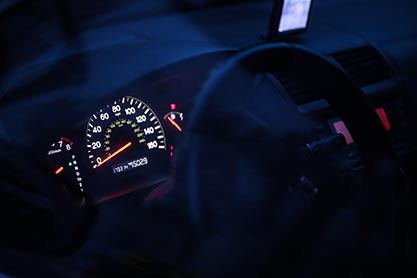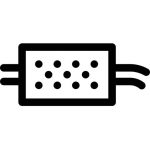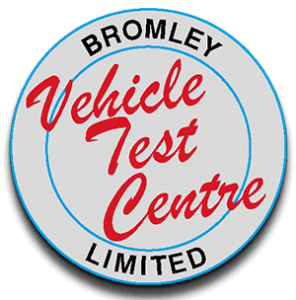
Nowadays, our vehicles come packed with the latest technologies, keeping us as safe as possible whilst on the road. With alerts appearing on your dashboard in times of a danger and risk, from low fuel to loss of pressure in your left rear tyre, some can be fairly self-explanatory. However, when that red warning light pings or a small icon that you don’t remember seeing before flashes up, it can strike fear. Worrying at the same time as you are operating a vehicle is a combination which doesn’t work too well together, so allow us to settle your mind with a guide on your cars warning lights.
Colour codes
It is important to take note of the fact that the lights on your dashboard follow a traffic light system, displaying their order of importance.
As you would expect, anything showing in green is working correctly. You would expect to see this when your headlights, fog lights or indicators are on. This would be nothing to worry about.
Amber signs indicate an issue which would need to be observed at your next opportunity. When your fuel is running low, this will be displayed in an amber colouring.
Red warning lights are the most serious, and you should stop driving and assess the situation as soon as you find a safe place to pull over and switch the ignition off. If there was a fault with your engine oil, this would be displayed as a red warming light, alerting you to pull over at your next available opportunity.
The warning signs
It is worth mentioning that as the ignition is turned on, all of these icons will flash up for a brief period. If they remain on once the engine has been running for a few seconds, there may be something that requires your attention. This could be one of the following amber or red icons:

Engine management warning light
The appearance of the engine management warning light signals a fault with the engine of your vehicle. It may be something minor, but if you continue to drive the car, you could risk creating a larger problem involving your catalytic converter or emission control system.

DPF warning light
This icon will only display in diesel vehicles. It indicates a fault with the exhaust particulate filter, making sense for the black fumes you are undoubtably leaving behind you every time you press on the accelerator. The longer this issue is left, the worse the damage to your vehicle could become so it is important to get this assessed and repaired at your nearest opportunity.

Low tyre pressure warning light
Depending on the age and model of your car, a low tyre pressure warning light may appear alongside a description of the tyre that is slightly deflated. Drive slowly with no sudden steering until you reach a petrol garage or a safe place where you can pull over and pump the tyre up. If you notice a large puncture, you should book your vehicle in with a local mechanic to have a tyre repair or replacement.

ABS (Anti-lock Braking System) warning light
Your ABS system is highly effective in times of emergency or bad road conditions such as ice or heavy rainfall. If your ABS warning light appears, your standard unassisted brakes will still be in power, but you should take high levels of caution travel slowly and break smoothly. By taking a trip to your local mechanic, your anti-lock braking system can be repaired.

Brake warning light
If this light remains on once you have released the handbrake, or turns on whilst you are driving, it could be indicating an issue of low brake fluid. If this shows alongside the amber ABS icon, it may be that your brakes have faulted and you should attempt to come to a slow stop in the nearest safe place and step out of your vehicle before calling for roadside assistance.

Airbag warning light
If this icon appears whilst on the road, it is signalling that one or more of the airbags within your vehicle are not working correctly. This could result in it either not going off if a road accident were to occur, or in rarer but possible occasions, deploying unexpectedly, causing a crash. It can be safe to drive short distances with this, but you should travel to your nearest mechanic as soon as possible to have it amended.

Power steering warning light
If this light shows, there may be a fault with your power steering. This could be one of the simplest fixes to attempt yourself (a simple switch off and on of the engine), but if the attempt fails, you should take additional care whilst steering, avoid motorways and take your vehicle to the nearest mechanic.

Engine temperature warning light
If your vehicle is overheating due to scorching weather or low coolant levels or a leak in the system, this red icon will be displayed. As you will be unaware of the root of the problem, it is important that you pull over at your nearest safe opportunity and switch the engine off. Do not attempt to lift the bonnet until the car has fully cooled. In this time, roadside assistance may have already arrived.

Battery warning light
If your battery charge warning light appears on your dashboard, this is signalling an internal electrical fault that is preventing your battery from being charged. With many possible causes, it is best to get your vehicle checked over at a local garage. Your car will run as normal until the battery runs out of power, so you will be safe to drive but should travel to the nearest garage.
Here at Bromley Vehicle Test Centre, we are available to assist you with any vehicle faults or queries with expertise. No matter what it may be, give us a call on 020 8460 6666 and we will be happy to help you back onto the road in safety!

